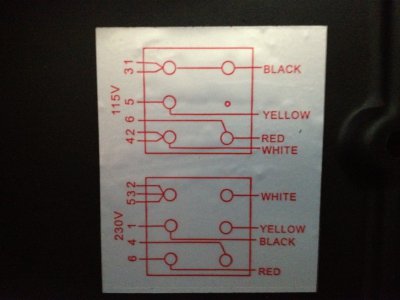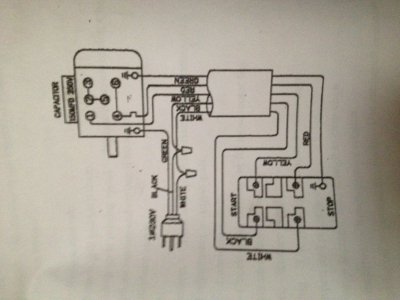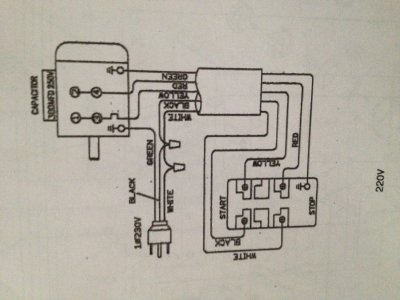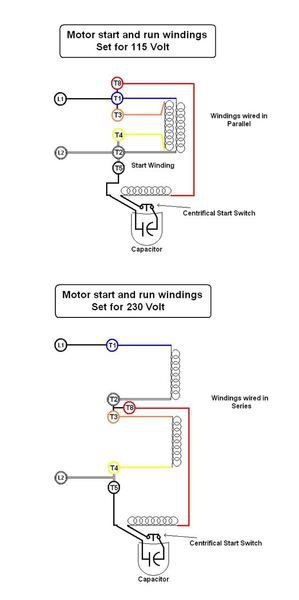- Joined
- Aug 27, 2014
- Messages
- 65
Hi Everyone,
I am enjoying setting up and testing my new RF31. I am very happy with the rigidity and good cuts. But the big cast iron motor is too hot to touch.
Is this normal? I was not making heavy cuts, and not for an extended amount of time.
The mill/drill was supposedly delivered 230v, 1 phase; and it's plugged into the same outlet that my 230v, 1 phase lathe has been on for 20 years.
What do you guys think? I am not trained in electrical matters.
CannonFodder
I am enjoying setting up and testing my new RF31. I am very happy with the rigidity and good cuts. But the big cast iron motor is too hot to touch.
Is this normal? I was not making heavy cuts, and not for an extended amount of time.
The mill/drill was supposedly delivered 230v, 1 phase; and it's plugged into the same outlet that my 230v, 1 phase lathe has been on for 20 years.
What do you guys think? I am not trained in electrical matters.
CannonFodder





